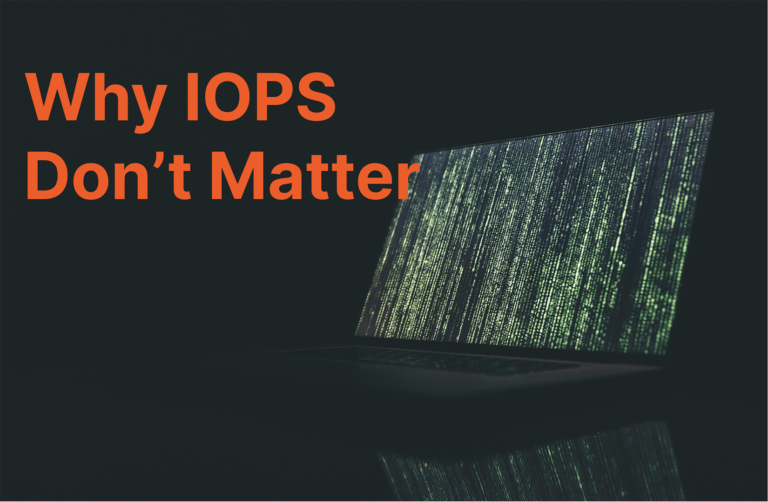In Linux, ASMLib provides the wrapper for managing the ASM disks. To identify the underlying physical device that the ASM disk point to, you can use the oracleasm querydisk command. In this blog, we will teach you how to identify the ASM device from ASMLib.
The querydisk option will list the major and minor numbers that can be used to match the physical device.
The following example was run on a virtual server hosting ASM and an Oracle database.
|
1 2 3 4 5 6 7 8 9 10 11 |
[root@oraclevm ~]# oracleasm listdisks DATA1 [root@oraclevm ~]# oracleasm querydisk -d DATA1 Disk "DATA1" is a valid ASM disk on device [8,17] [root@oraclevm ~]# ls -ltr /dev/sd* brw-rw----. 1 root disk 8, 0 Dec 14 18:18 /dev/sda brw-rw----. 1 root disk 8, 2 Dec 14 18:18 /dev/sda2 brw-rw----. 1 root disk 8, 1 Dec 14 18:18 /dev/sda1 brw-rw----. 1 root disk 8, 16 Dec 14 18:18 /dev/sdb <strong>brw-rw----. 1 root disk 8, 17 Dec 14 18:18 /dev/sdb1</strong> [root@oraclevm ~]# |
In the above example, DATA1 disk is pointing to the /dev/sdb1. The major 8 is block based and refers to SCSI disk devices type.
Uncomplicate Your Oracle Data
Uncomplicating your Oracle data is a pivotal endeavor in today’s tech landscape, as it addresses a multitude of challenges that organizations often face. Firstly, simplifying the data structure and architecture within an Oracle database is essential for enhancing data accessibility and usability. The complexity of Oracle databases, especially in large enterprises, can lead to a maze of intertwined tables, stored procedures, and triggers, making it difficult for data professionals to extract meaningful insights efficiently. By streamlining this complexity, organizations can empower their data analysts and engineers to work more effectively, ultimately leading to better decision-making and competitive advantage.
Furthermore, simplifying Oracle data is paramount for data security and compliance. Complex data structures can inadvertently introduce vulnerabilities and risks into the system, making it challenging to identify and mitigate potential security breaches. Ensuring that Oracle data is straightforward and well-organized not only reduces the risk of data breaches but also simplifies the process of adhering to data governance and regulatory requirements, such as GDPR and HIPAA.
Get started today and check out our Solutions Brief on how to uncomplicate your Oracle data!






